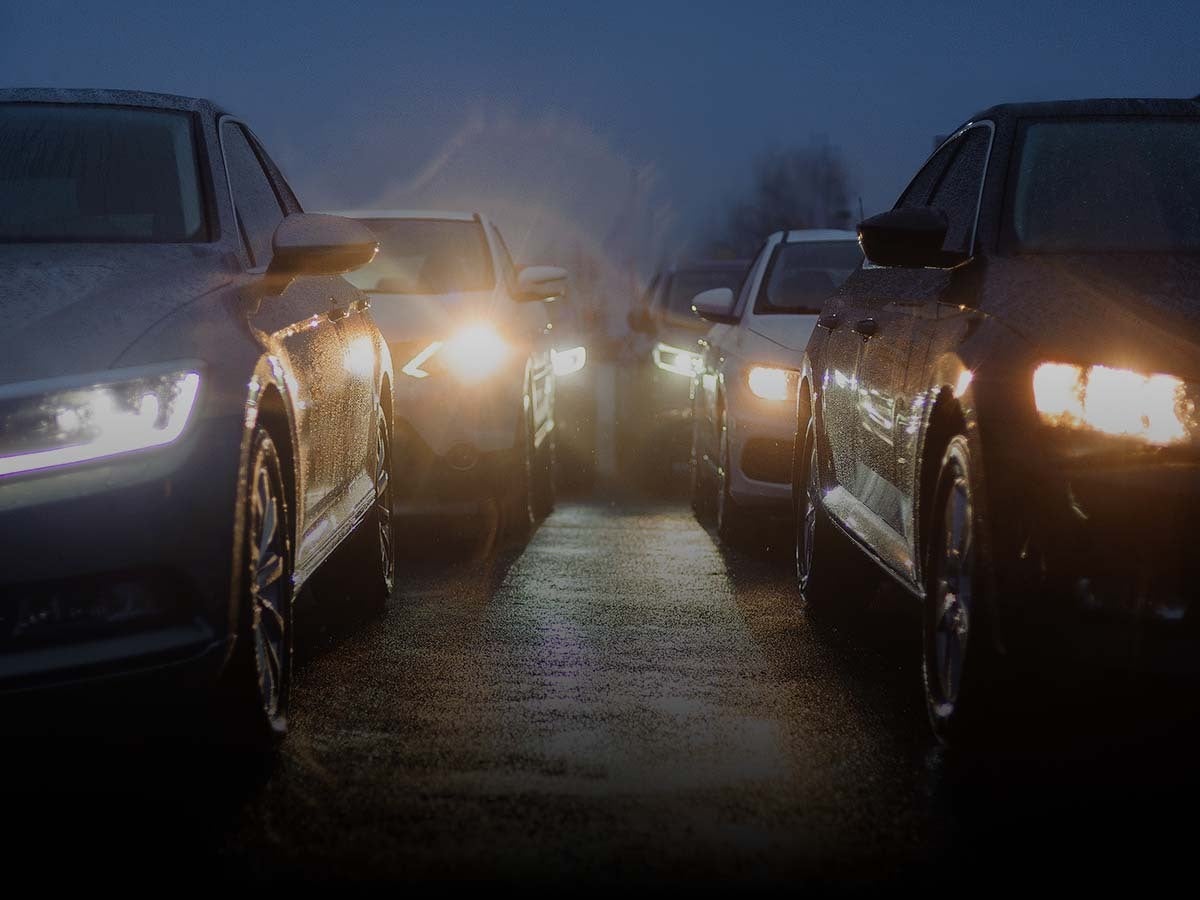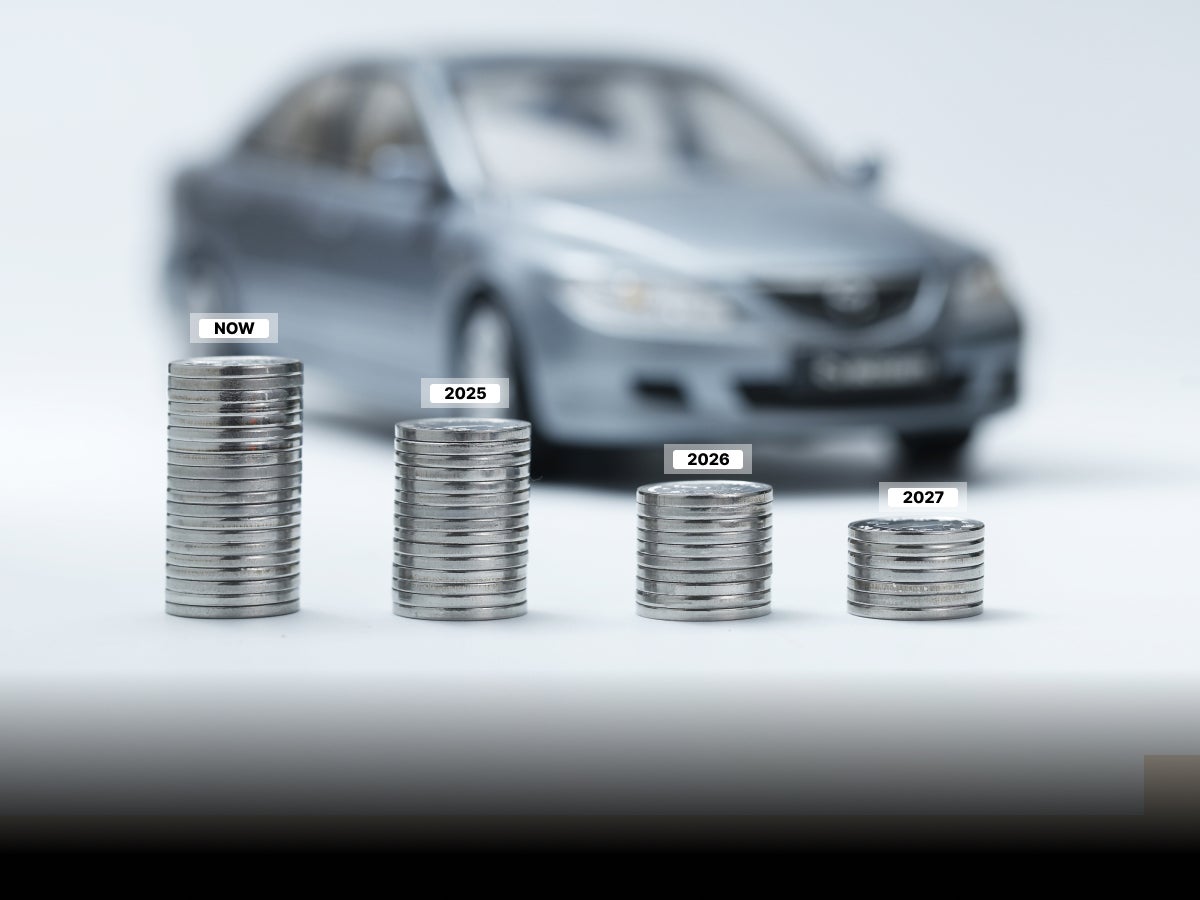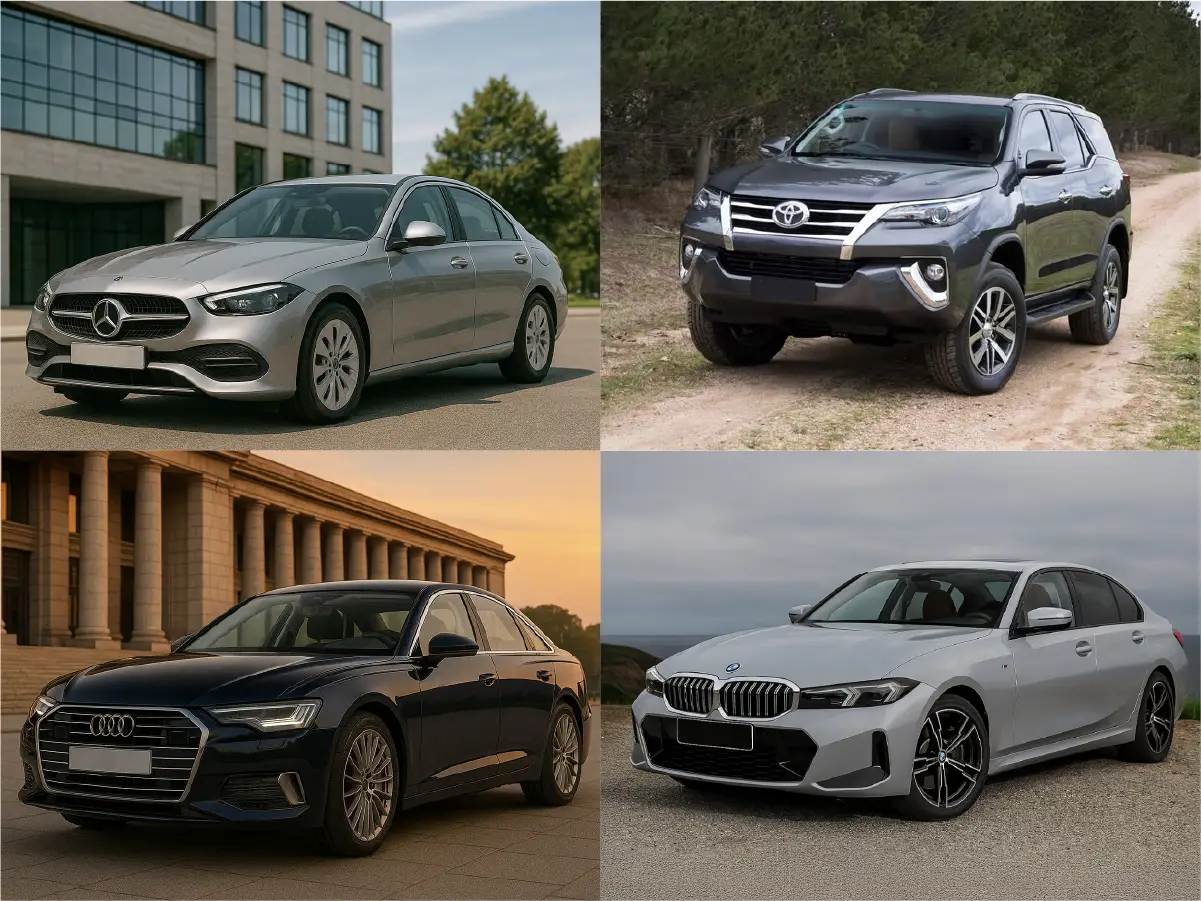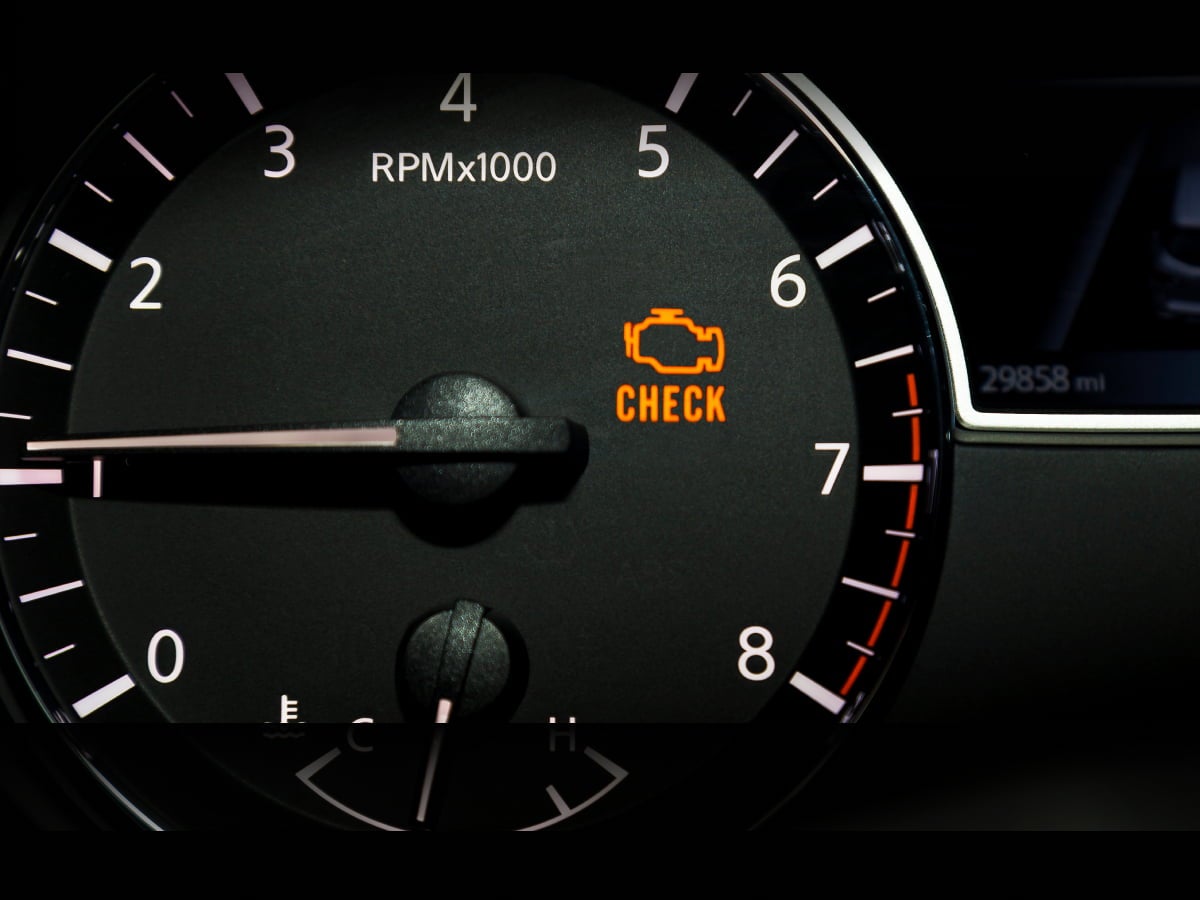

Projector vs Halogen Headlamps Explained: Brightness, Cost & Safety Compared
- 1Projector headlamps offer superior beam focus and clarity versus reflectors
- 2Halogen reflectors are more affordable and easier to upgrade and replace
- 3Projector setups offer better lighting, lower glare and improve road safety at night
- How Halogen Headlamps Work and Why They’re Still Around
- Understanding Projector Headlamps and Their Functionality
- Projector vs Halogen Headlamps: Brightness and Visibility
- Projector vs Halogen Headlamps: Aesthetics and Design
- Projector vs Halogen Headlamps: Cost and Maintenance
- Projector vs Halogen Headlamps: Durability, Efficiency, and Lifespan
- Conclusion
Headlamps are more than just a design element in modern cars—they are critical to safety, visibility, and comfort while driving, especially at night. Among the most discussed automotive lighting technologies today are projector headlamps and halogen reflector headlamps. Both are widely used, but the former being a more recent adoption, has gained popularity. Both car lighting systems differ in design, performance, cost, and effectiveness.
Choosing between projector and halogen headlights isn’t just about brightness; it’s also about the beam pattern, glare control, durability, and driving environment. Knowing the key differences between projector and halogen headlamps will help you make an informed decision, whether you're upgrading your car or evaluating features in the second hand car market.
How Halogen Headlamps Work and Why They’re Still Around

Halogen headlights are among the most common lighting systems used in vehicles. This form of automotive lighting has been around for decades and is still prevalent. They can be commonly spotted in budget cars as well as lower variants of premium cars. Halogen headlamps operate by passing electricity through a tungsten filament enclosed in a glass capsule filled with halogen gas. The resulting reaction emits light that is projected forward using a mirrored reflector bowl. Their simplicity, low cost, and wide availability make them a default option in many budget and mid-range vehicles.
Despite newer lighting technologies, halogen lights persist largely due to their affordability and ease of replacement. They’re also compatible with most older headlamp housings, which makes them an accessible upgrade or replacement part in used cars. However, halogens are known for lower energy efficiency, shorter lifespan, and comparatively weaker light output.
Key Takeaways
- Most affordable automotive headlight technology on the market
- Easy to replace and widely available
- Emit a yellowish light with lower brightness
- Typically have a shorter lifespan (about 500–1,000 hours)
- Consume more energy than LEDs or HIDs
Common in budget hatchbacks, sedans, and older vehicles
Understanding Projector Headlamps and Their Functionality

Projector headlights or projectors as more commonly known, represent a more advanced lighting technology, designed to offer greater focus and beam control. At their core, projector systems use a convex lens that concentrates the light beam, a shutter to block unwanted scatter, and a highly polished reflector bowl. This configuration enables a sharp cutoff line, improving night-time visibility and reducing glare for oncoming traffic.
Initially introduced in luxury cars, projector lights have trickled down into mass-market models due to their superior performance. Their compatibility with halogen, HID, and LED bulbs makes them versatile to use in various automotive applications. Projector headlamps are ideal for drivers who frequently drive at night or in poorly lit areas, offering better road illumination and safety.
Key Takeaways
- Projectors precise light focus and cleaner beam pattern
- Reduce glare for oncoming vehicles with a sharp cutoff
- Compatible with halogen, HID, and LED bulbs
- Enhance visibility and safety in low-light conditions
- Common in newer models and premium trims
Require proper alignment to work effectively
Projector vs Halogen Headlamps: Brightness and Visibility

One of the main advantages of projector headlamps over halogen systems is brightness. Projectors, especially when paired with HID or LED bulbs, emit a more intense, focused beam that lights up a larger section of the road. This is essential for highway driving and areas with limited to no street lighting. Halogen bulbs, by comparison, emit a more scattered, weaker yellow-tinted light that doesn’t travel as far or as clearly.
The focused beam of projector headlamps also creates a more defined cut-off line, reducing the chance of blinding oncoming drivers. Halogens, because of their wide scatter, can be less predictable and more glaring, particularly if misaligned. Projectors also shine in fog and rain, where their sharp beam cuts through mist more effectively than halogen's diffused light, thus minimising the risk of accidents.
Brightness and Visibility Comparison
| Feature | Projector Headlamps | Halogen Headlamps |
| Overall Brightness | High – especially with HID or LED bulbs | Moderate – limited to the bulb’s wattage capacity |
| Road Coverage | Wide and focused beam spread | Narrow and less uniform spread |
| Glare Control | Excellent – uses a cut-off shield to prevent blinding others | Poor – more scatter, can cause glare |
| Performance in Poor Weather | Superior – cuts through rain and fog with better visibility | Adequate – struggles in heavy fog or rain |
| Best Use Case | Highways, dimly lit roads, and long-distance night driving | City commutes and mostly urban driving |
Projector vs Halogen Headlamps: Aesthetics and Design

Projector headlamps generally look more modern and refined. They allow for sleeker and more compact headlamp designs, which enhances the overall appearance of a vehicle. The lens setup often adds a high-end touch, making cars appear more premium. In contrast, halogen reflectors tend to look bulkier and more basic, contributing to a more utilitarian appearance.
Many automakers now offer projector headlamps as standard or optional features on new models because they contribute to a vehicle’s overall visual appeal. If you are evaluating second-hand cars, a projector-equipped vehicle might appear more contemporary and attractive, potentially offering better resale value in markets where aesthetics influence buying decisions.
Key Takeaways
- Projector headlamps enhance modern and premium styling
- Their compact design allows sleeker, more attractive headlights
- Halogen reflectors appear bulkier and more utilitarian
- Projector-equipped cars often have better visual appeal and perceived value
Preferred in second-hand markets
Projector vs Halogen Headlamps: Cost and Maintenance
Halogen headlamps are far cheaper to produce and replace. A halogen bulb can cost as little as a few hundred rupees, and replacements are widely available at local garages and spare part shops. Installation is also straightforward, often doable without professional help. This makes halogen lights ideal for budget-conscious owners and for use in older vehicles where cost efficiency is paramount.
Projector headlamps, on the other hand, come with higher upfront and maintenance costs. The light source (especially if it’s HID or LED), lens, and housing are more expensive to replace. If damaged, projector setups may require specialised parts or professional servicing. However, the longer lifespan and better performance of an LED headlight, in particular, can offset some of these costs over time. It’s important to consider this trade-off when choosing between a projector and halogen setup.
Cost Comparison
| Aspect | Projector Headlamps | Halogen Headlamps |
| Initial Cost | High – especially HID and LED setups | Low – very budget-friendly |
| Bulb Replacement | Requires professional fitting | Easy DIY replacement |
| Average Lifespan | Longer – LED and HID last longer than halogens | Shorter – halogens may need frequent changes |
| Maintenance | Moderate maintenance, skilled service required | Maintenance increases with longer operating hours |
Projector vs Halogen Headlamps: Durability, Efficiency, and Lifespan

When comparing durability and energy efficiency, projector headlamps, especially those using LED or HID bulbs, stand out. LEDs in particular are long-lasting, energy-efficient, and resistant to vibration. HID projectors require a ballast to regulate power, but they offer extremely high brightness with moderate energy consumption.
Halogen bulbs have a shorter lifespan and consume more power to produce less light. They are also more prone to failure due to their filament-based design. Projectors, due to their enclosed architecture and advanced light sources, tend to last longer and require less frequent replacement.
Advantages of Projectors in Terms of Durability:
- Longer lifespan (especially LED variants)
- Better resistance to vibrations and temperature changes
- Lower energy consumption (in LED/HID versions)
Require less frequent maintenance
Conclusion
When it comes to projector headlamps versus halogen headlamps, the right choice depends on your priorities. If you're looking for affordability, ease of replacement, and acceptable performance for city driving, halogen headlamps are still a valid option. However, if you value better road visibility, modern aesthetics, energy efficiency, and reduced glare, projector headlamps are the smarter choice.
Projector setups especially shine in scenarios involving highway travel or poorly lit roads. As newer models phase out halogen reflectors in favour of LED headlights, second hand car buyers will increasingly encounter projector-equipped vehicles even in lower segments. Weighing the pros and cons of each will help you make a safer, smarter investment.
Frequently Asked Questions
Expand all






























